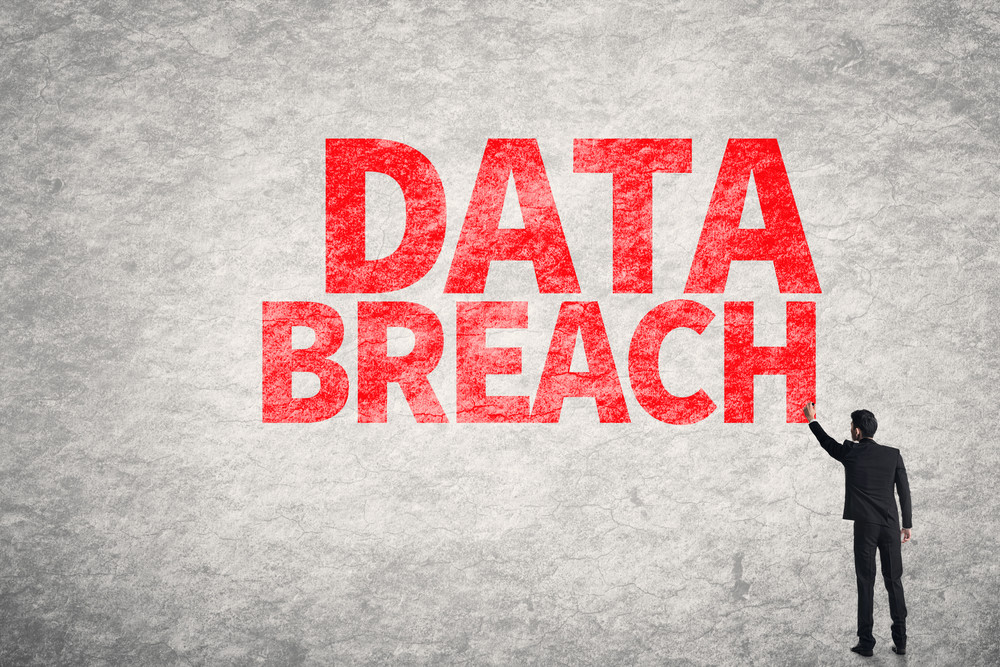Recovering from a Research Data Breach with Confidence

For research teams, security is not just about protecting information. It is about safeguarding years of intellectual effort, the integrity of the scientific record, and the trust of collaborators, funders, and the public. Yet no matter how robust your protections, a research data breach can still happen. A stolen laptop, a phishing email, or a misconfigured database can all lead to sensitive information being exposed. When that occurs, the first minutes and hours can determine whether the damage is contained or allowed to spread.
Understanding the Stakes of a Research Data Breach
A research data breach is not the same as losing routine business records. Research data can be irreplaceable, and a breach may involve personally identifiable information from study participants, unpublished findings that could be taken by competitors, or sensitive datasets tied to national security or intellectual property. In these cases, the reputational damage can be just as severe as the immediate data loss.
The stakes are amplified by compliance requirements. If a breach involves human subjects, it may require rapid notification to institutional review boards (IRBs) and adherence to privacy regulations such as HIPAA in the United States or GDPR in Europe. Failing to respond quickly and correctly to a research data breach can bring legal penalties and jeopardize future projects.
Building a Response Plan Before a Breach Occurs
The most effective defense against a research data breach is preparation. An incident response plan should be designed for the realities of your research environment, not borrowed wholesale from corporate templates. This means mapping out who is responsible for each task, how incidents will be detected, and the sequence of actions to follow.
Appoint an incident response lead who will coordinate communication, oversee containment, and serve as the main point of contact with institutional security teams. Define severity levels so that a misplaced non-sensitive file is handled differently than an unauthorized breach of participant health records. Keep a secure and accessible contact list of IT security staff, legal advisors, principal investigators, and compliance officers.
Containment and Evidence Preservation
When a research data breach is suspected or confirmed, containment is the first priority. This could mean disabling compromised accounts, isolating affected systems from the network, or revoking access keys. At the same time, preserving evidence is crucial. System logs, file copies, and network activity snapshots help identify the breach’s scope and prove due diligence to oversight bodies.
Avoid the temptation to erase or “fix” the issue too quickly. Without proper evidence, your team will struggle to determine what went wrong and whether vulnerabilities remain.
Communicating with Accuracy and Transparency
During a research data breach, communication should be deliberate and coordinated. Internal updates must be factual and consistent, led by the incident response coordinator in consultation with legal and compliance teams. External communication to collaborators, funders, or the public should be handled with institutional leadership to ensure clarity and accuracy.
If the breach involves human subjects, prompt and clear notification to participants may be legally required. Even when not mandated, proactive communication can preserve trust.
Reviewing and Learning After the Incident
A research data breach should always prompt a post-incident review. This process examines how the breach happened, which safeguards failed, and how the response could improve. The outcome should be concrete changes—updating security tools, revising data handling policies, or providing new training for staff.
By treating a breach as a learning opportunity rather than just a disaster, research teams strengthen their long-term resilience. Without preparation, a research data breach can throw teams into confusion, wasting valuable time. With a well-practiced plan, those first critical moments become clear steps toward containment, recovery, and trust restoration. In research, data is often the most valuable asset. Protecting it means expecting breaches to happen—and being ready when they do.







